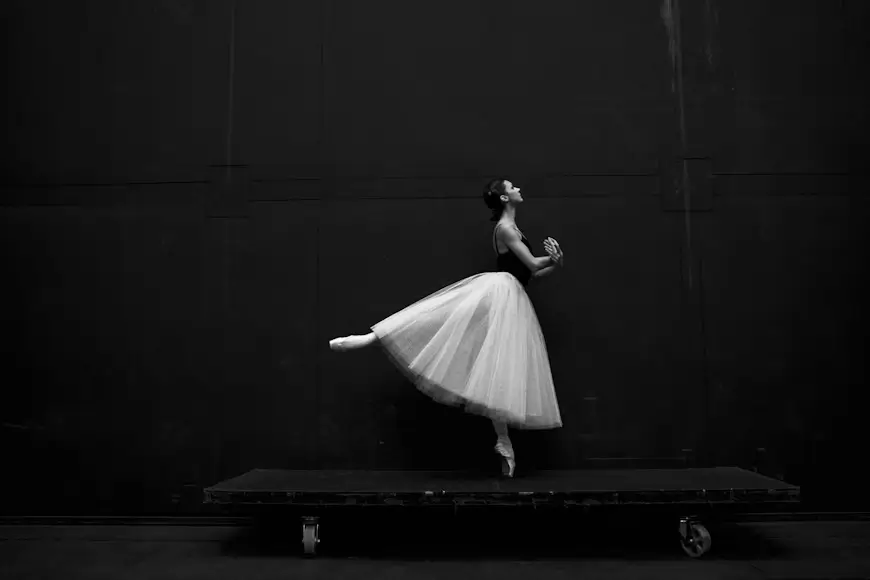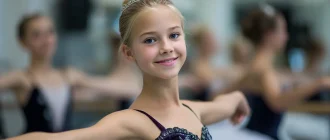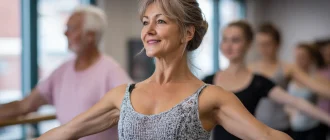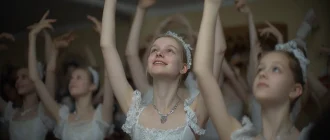Have you ever wondered what challenges lurk behind the elegance of a flawless ballet performance? Months of grueling practice, training, and perseverance are only half of it.
It’s always the injuries and physical demands used as plot devices that make it into Hollywood movies. Yet, beyond the beauty and grace, ballet dancers face invisible hazards that are seldom spoken about.
Something as insignificant as ballet gear can harbor deadly toxins that stay in the body long after the encore. Stage lighting and props can transform into lethal weapons if not used properly.
But first, let’s look at why ballet is one of the most physically demanding activities.
Injury Prevention
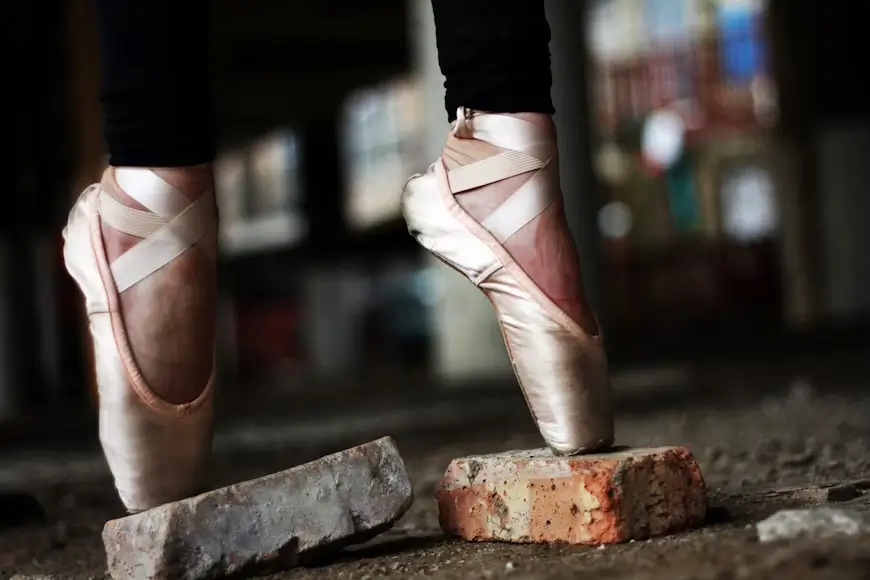
Ballet may look effortless. You’re not doing it right if it appears like you’re fighting for your life. However, to achieve such levels of perfection takes its toll, physically and emotionally.
Knobby and mangled toes are the least of a dancer’s problems. Physiotherapist Nadine Stewart reveals that ballet performers are prone to ankle sprains, stress fractures, and tendinitis from repetitive strain.
Pointe work, extensions, and jumps are so intense that strong conditioning and injury prevention are essential.
Interestingly, a study in Sports Medicine – Open found that ballet puts strain on the musculoskeletal system. Strength training, stretching, and proper rest help reduce injuries while contributing to a sharp and more focused performance.
Lighting Safety in Performance Spaces
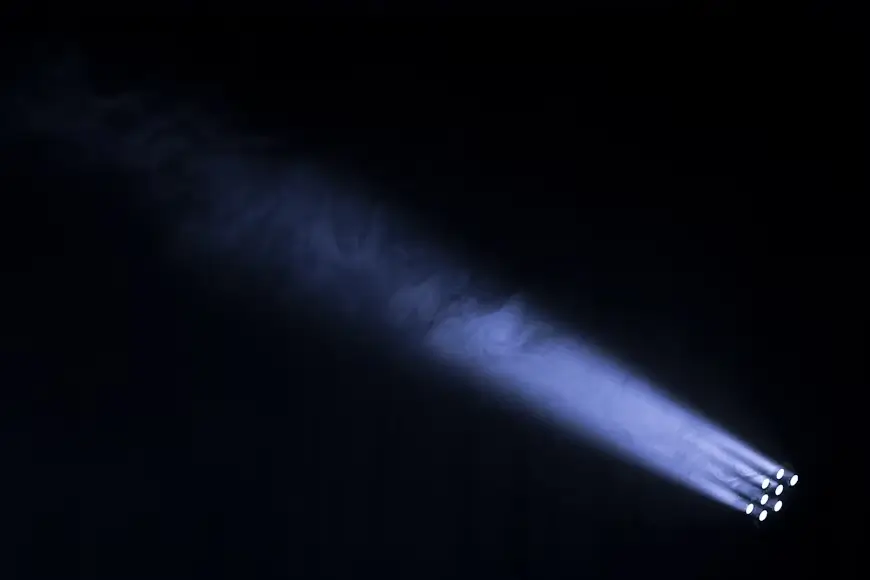
We’ve all seen one too many scenes of the star of the production being targeted by a deranged fan. They easily make their way backstage, undetected, and tamper with the lighting. The convenience of it all is laughable. Unfortunately, the far-fetched version has some semblance of truth.
Stage lighting is an excellent mood setter, and if done correctly, it’s often promoted to main character status. Here’s the downside to stage, camera, and action! USF Stages warns that poorly maintained lights can create electrical hazards and heat. Overly bright or misdirected lighting may cause eye strain or even temporary vision problems.
Don’t fret; stage lighting experts propose a few practical solutions. Balancing brightness and contrast, using proper angles, and regularly inspecting equipment should tick all the health and safety boxes.
Environmental Exposures Beyond the Studio
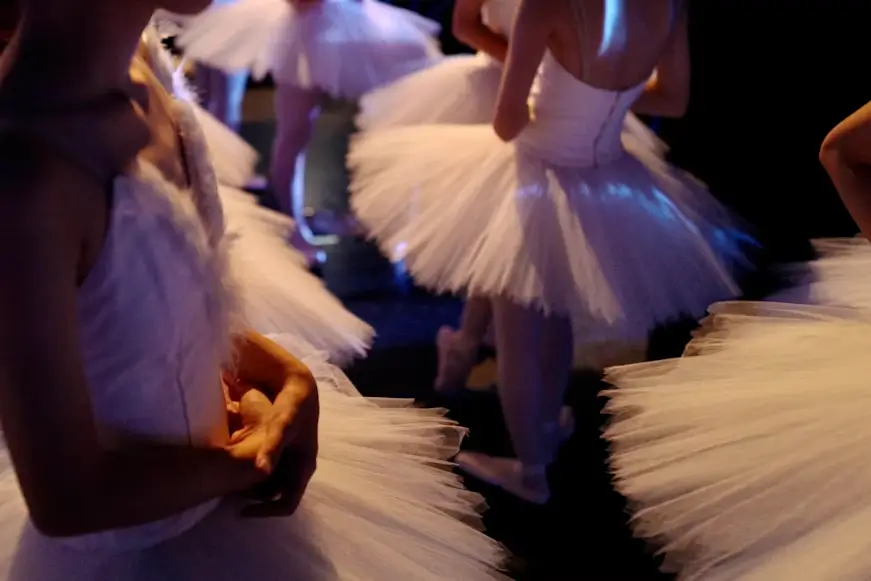
Dancers wear performance costumes and rehearsal attire for hours, unaware of the chemicals within the fabrics.
Many water-resistant or stain-repellent products contain PFAS; so-called “forever chemicals” linked to serious health risks. First discovered in Aqueous Film-Forming Foam (AFFF), PFAS exposure has led to the AFFF firefighting foam lawsuits filed by firefighters and military personnel against AFFF manufacturers.
TorHoerman firefighting foam lawyers argue that prolonged AFFF exposure has been associated with various types of cancer, such as kidney cancer and bladder cancer.
The Guardian highlighted that these substances can persist in the environment and the human body for decades. Adding their voice to the discourse, Mamavation reported that PFAS were present in popular activewear brands.
The alarm raised concerns for dancers who spend long hours in such apparel. Whenever possible, opt for natural fabrics, wash new costumes before wearing, and advocate for non-toxic textile sourcing in productions.
Cultivating a Culture of Prevention
The most powerful tool a dancer has is knowledge. From learning proper warm-up techniques to requesting safer costume materials, proactive measures protect both health and artistry.
Studios and companies can promote wellness by integrating regular injury prevention workshops. Providing information on chemical hazards and fostering open conversations about safety behind the scenes is the first step.
Small actions, such as checking lighting rigs and sourcing eco-friendly fabrics, can have lasting effects.
Dancing Toward a Safer Future
For many kids, ballet evokes whimsical images of the ‘Nutcracker’ or ‘Swan Lake.’ Once they reach that level of professionalism, they realize it’s more than an art form. It’s a creative expression that pays testament to human resilience and passion.
Every plié, leap, and turn is a celebration of uniqueness and pushing your body to its limits. And, while hidden hazards may exist behind the curtain, knowledge is the most powerful tool you have.
Advocate for safer environments for your peers; ensure your craft remains a source of joy.
The beauty of performance art is that the stage is your canvas, and your movement is the brushstroke. Every dancer deserves to shine in the spotlight, minus the hazards that accompany it.

